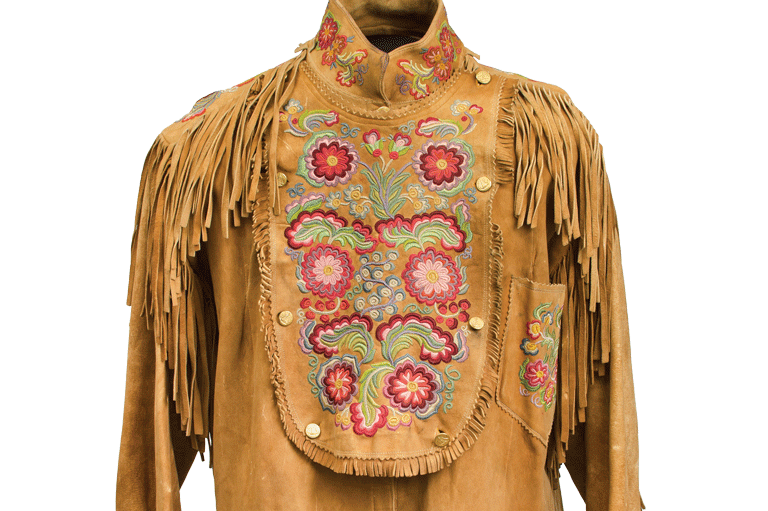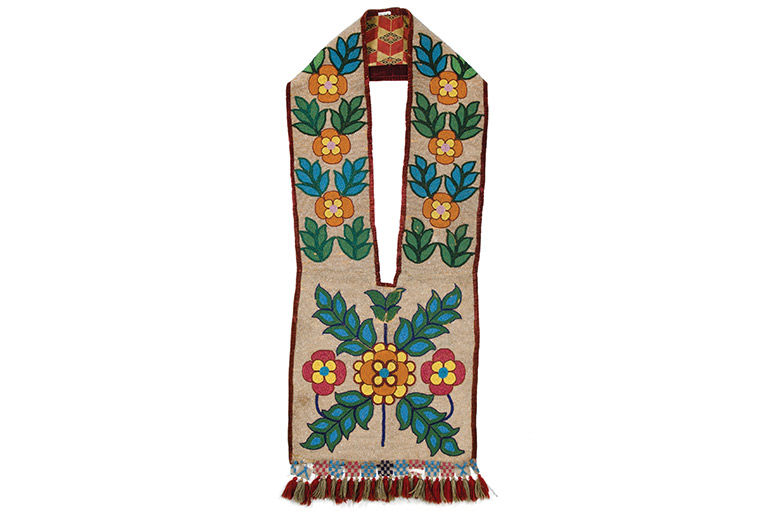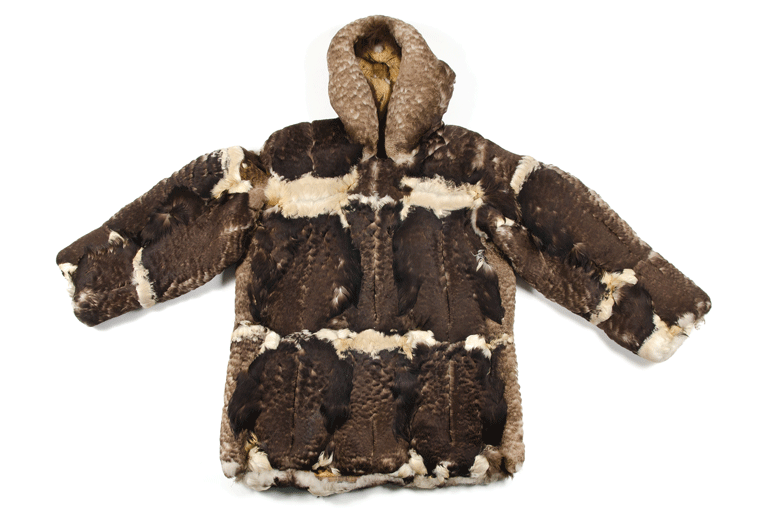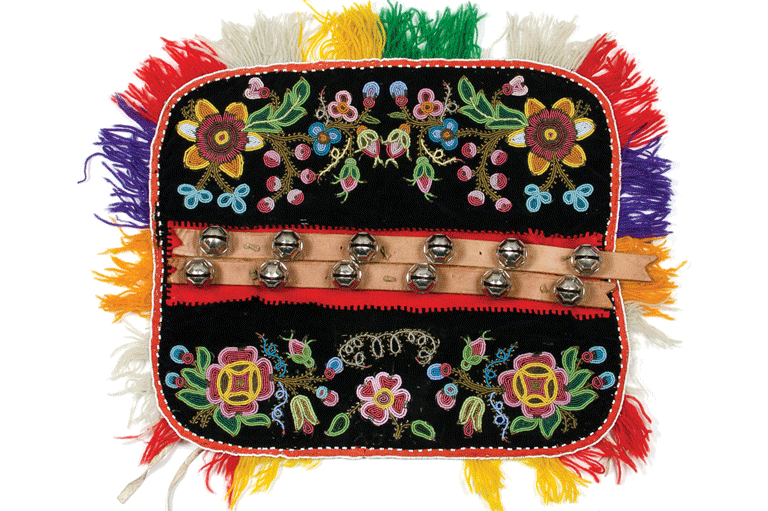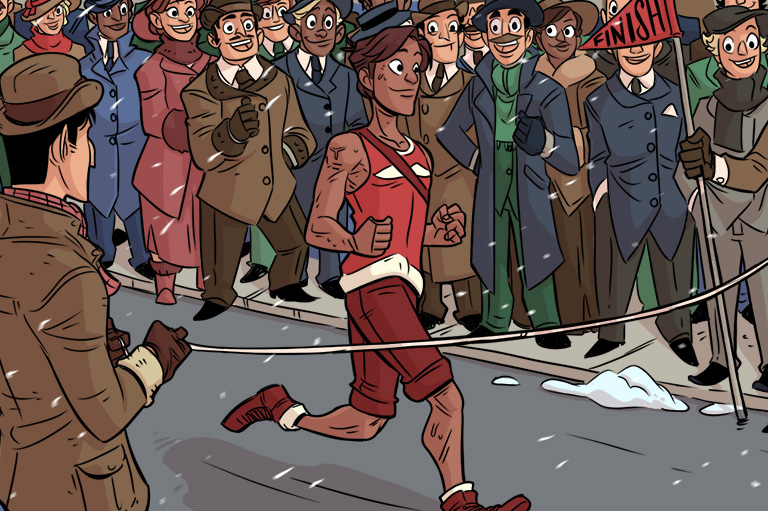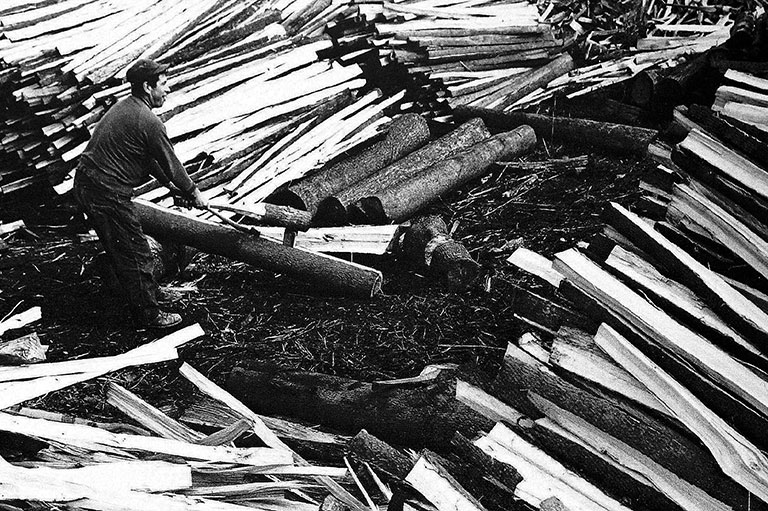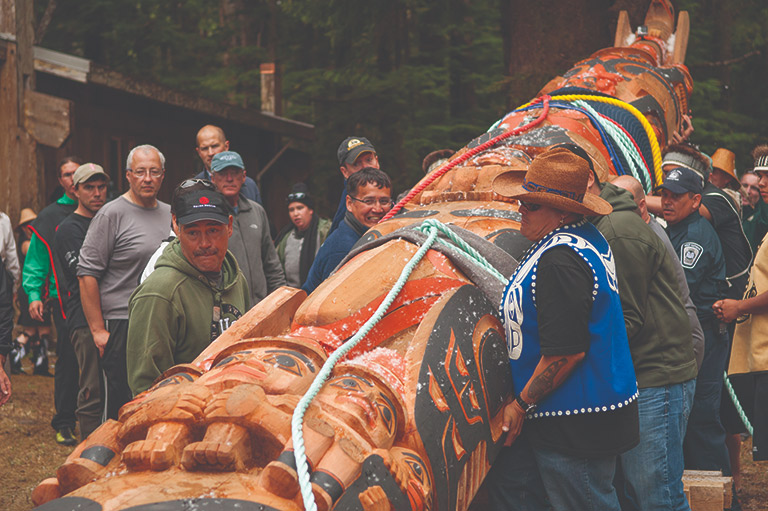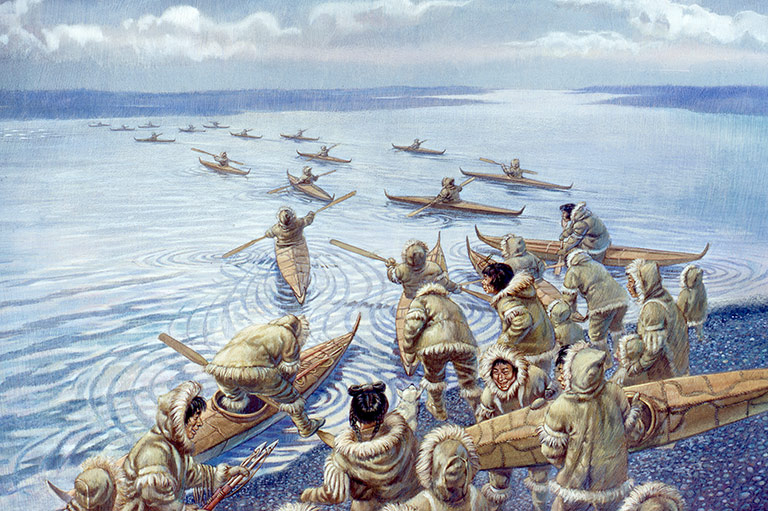Indigenous Archery Set
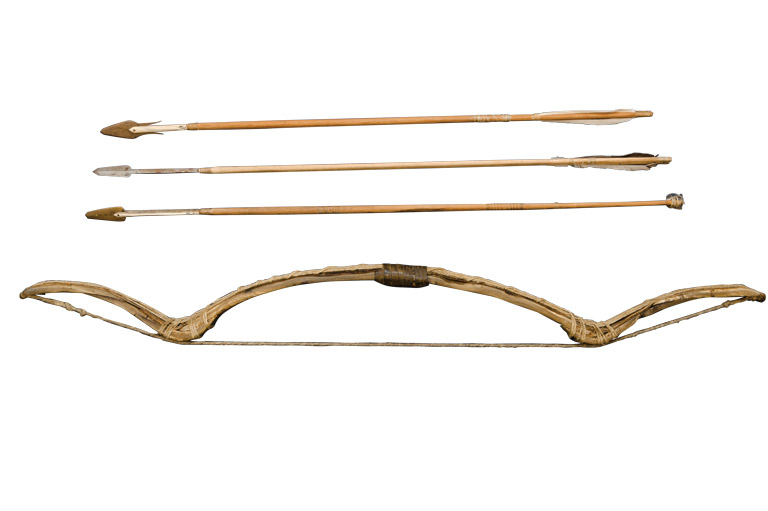
Bows and arrows helped Indigenous people catch animals for food and fur, including furs for trade.
The appropriate type of bow and arrow would depend on the species of animal being hunted. For example, simple bows were used for smaller animals such as birds, and larger bows were used for hunting caribou and muskox. The Inuit created a variety of arrows, depending on the available resources and the types of animal being hunted.
Arrowheads were made from bone, antler, or stone, and sometimes from copper. Following contact with Europeans, arrowheads were more commonly made from metal.
Similar to this early twentieth-century example, most bows of its era were made from wood, braided sinew, sealskin, copper rivets, and bone. Hunters stored bows in cases made from sealskin or caribou hide and held arrows in quivers attached to the bow cases. Hunters also carried tools for on-the-go maintenance.
With 7 uniquely curated newsletters to choose from, we have something for everyone.
Themes associated with this article
Advertisement

